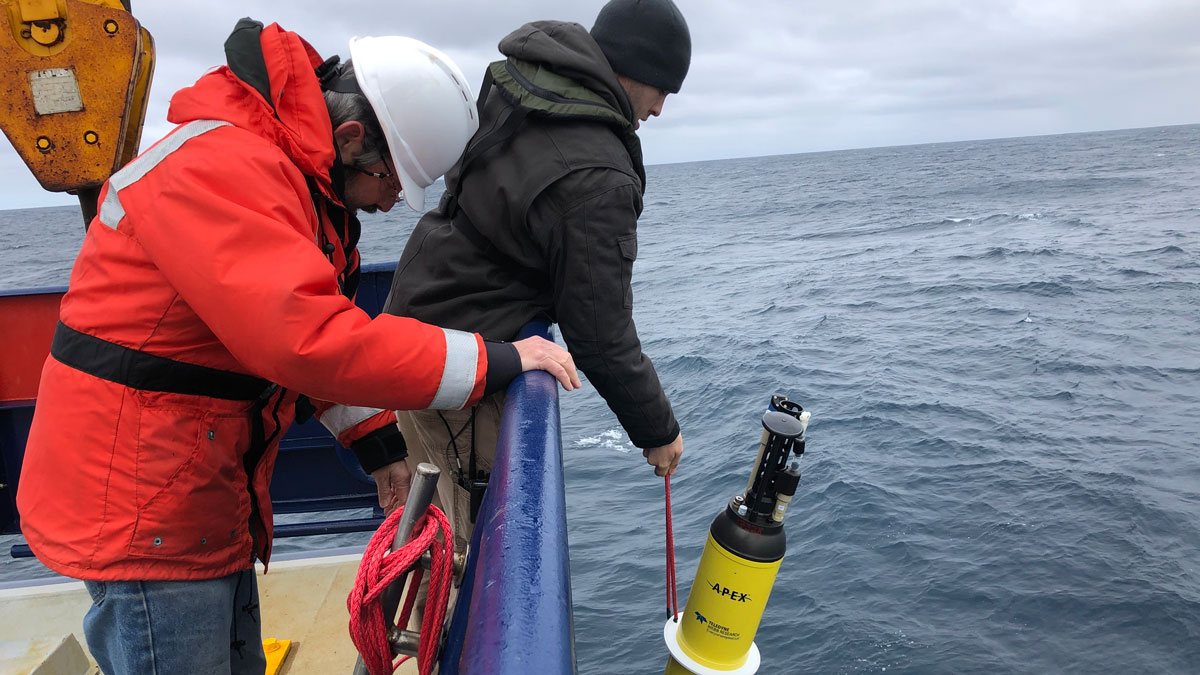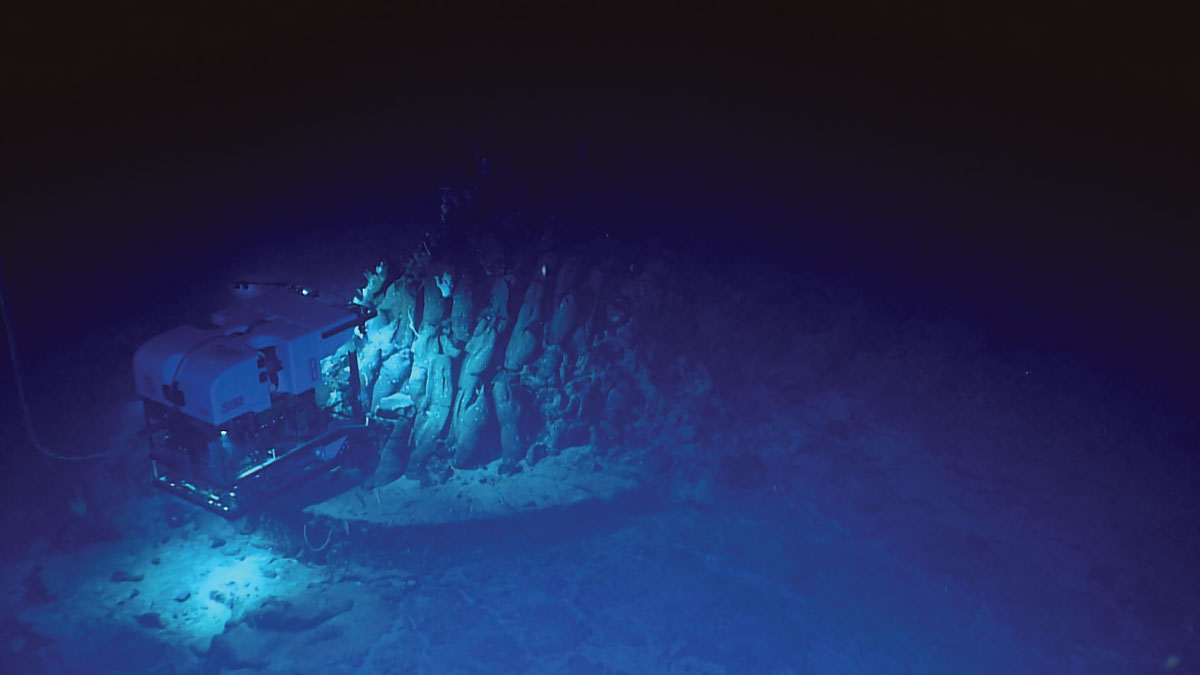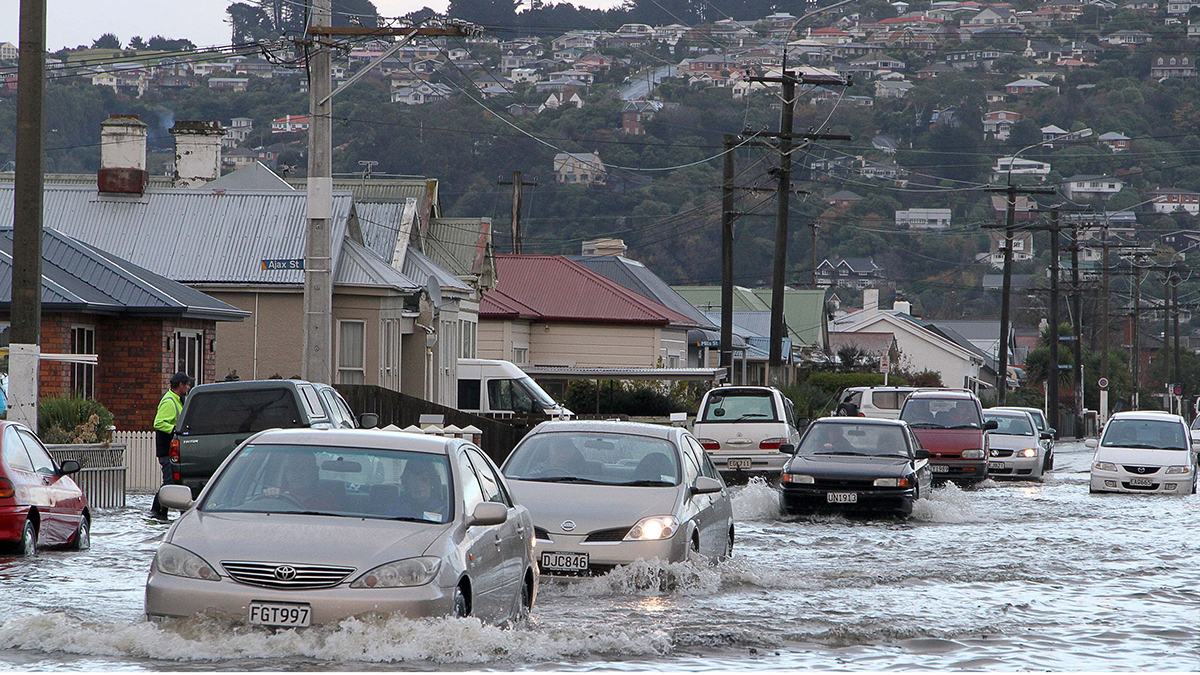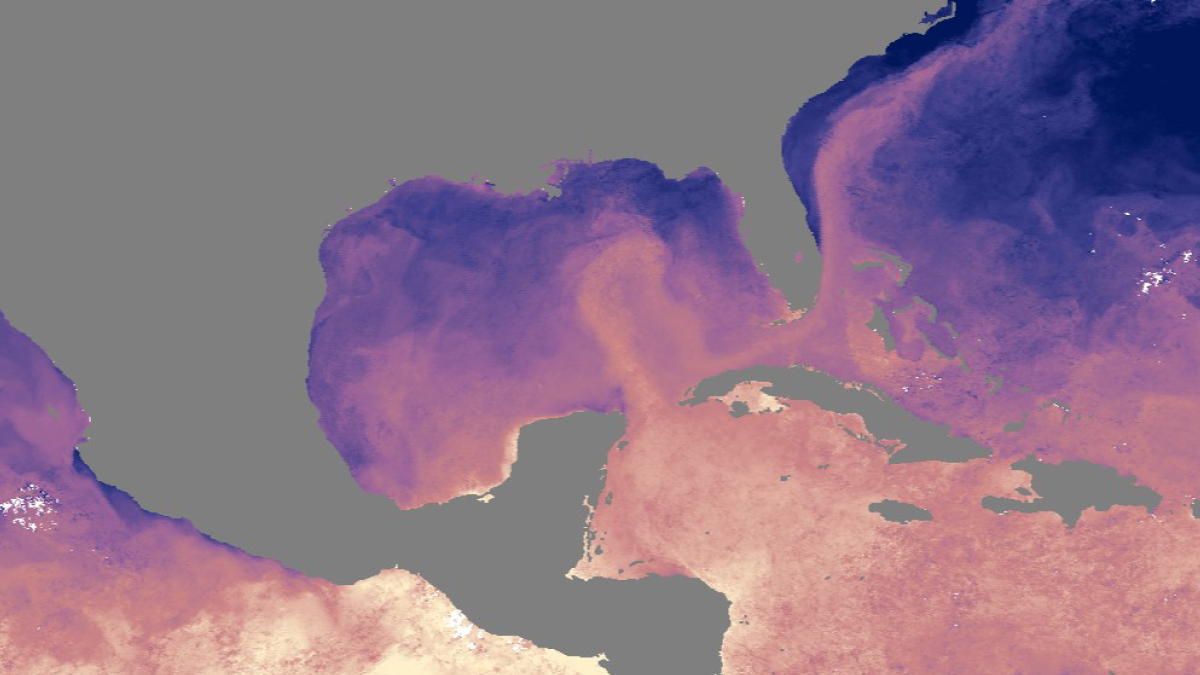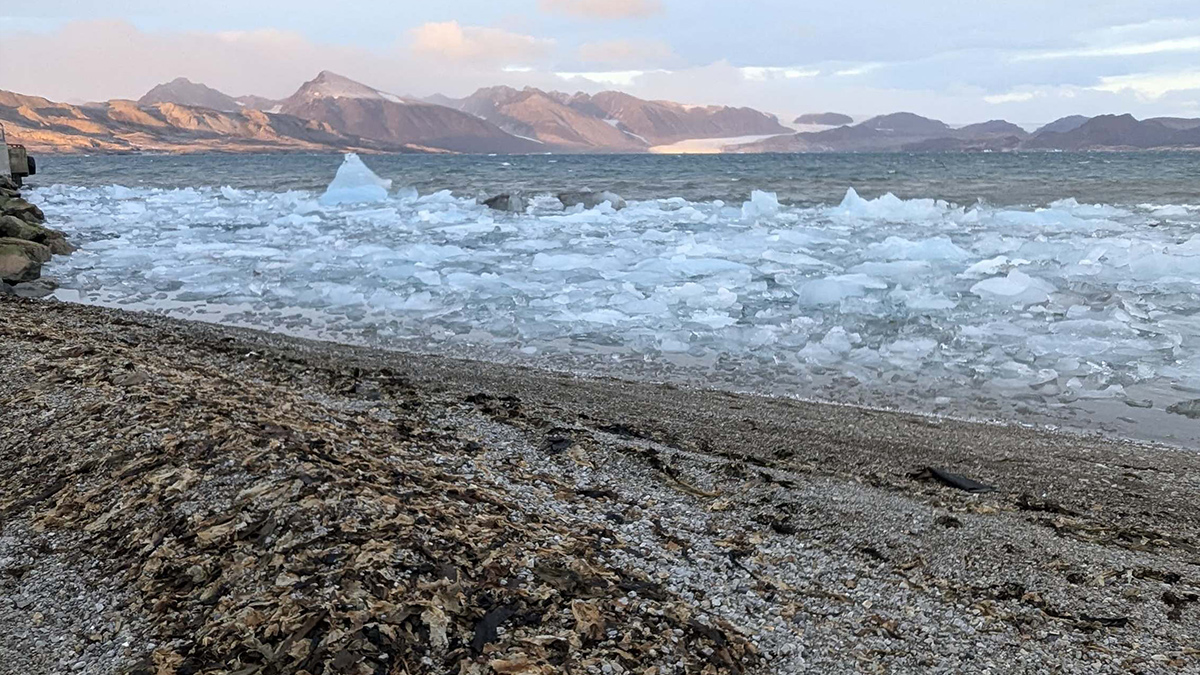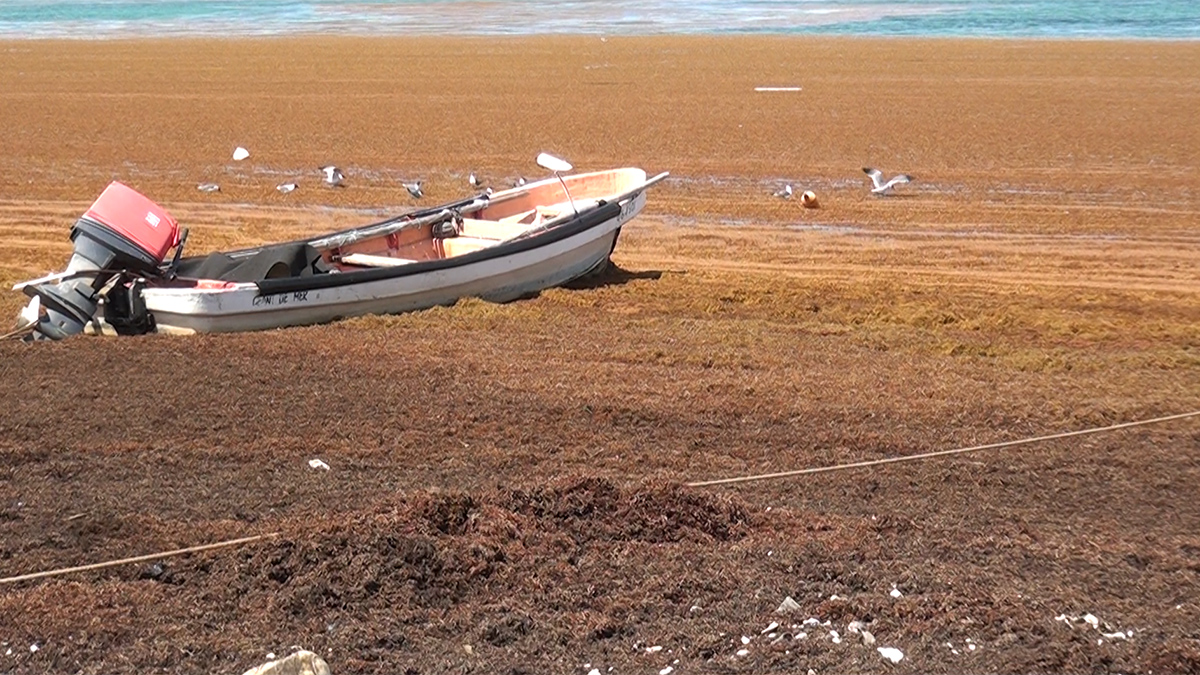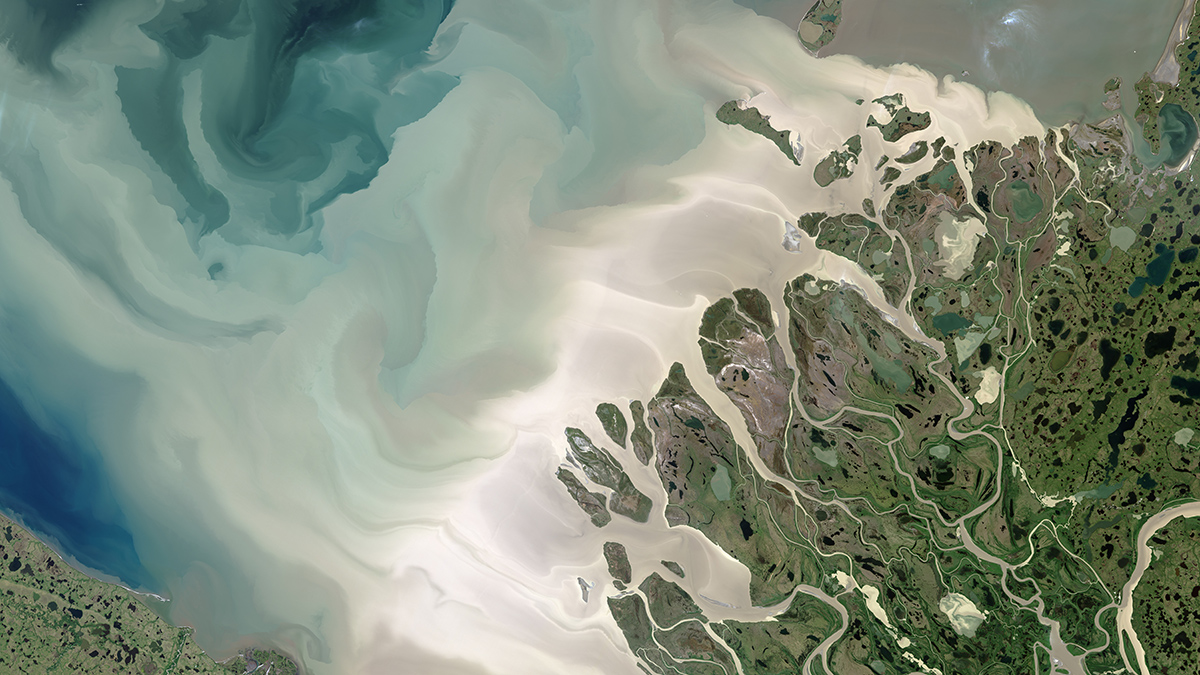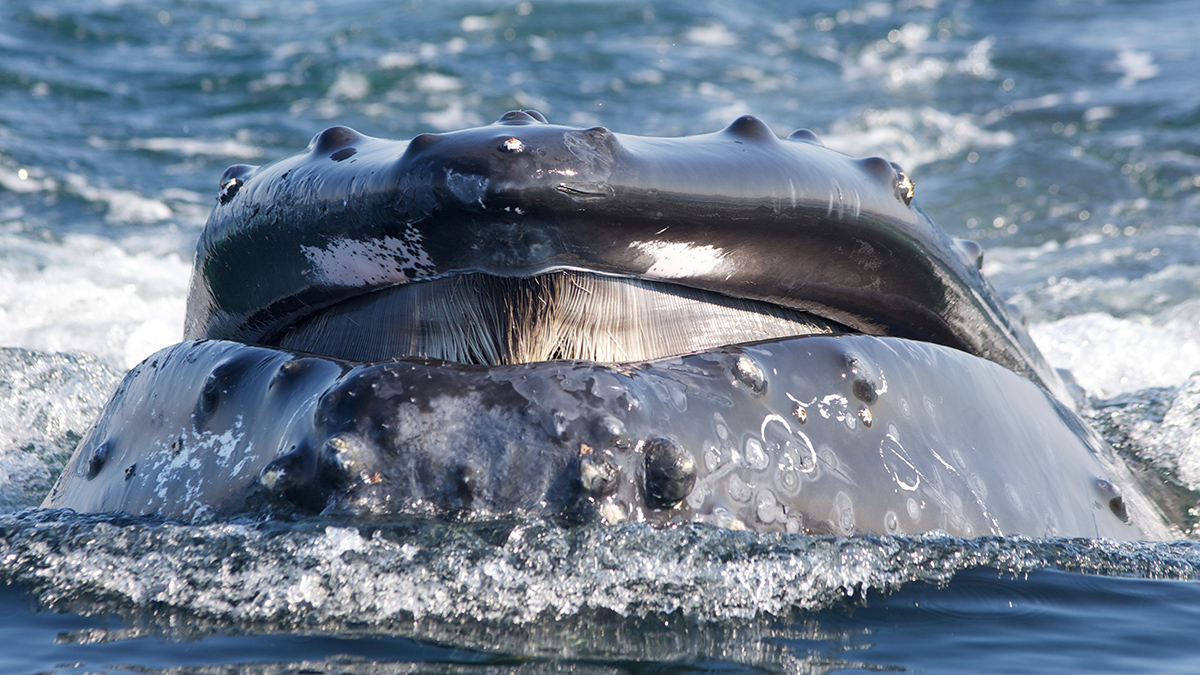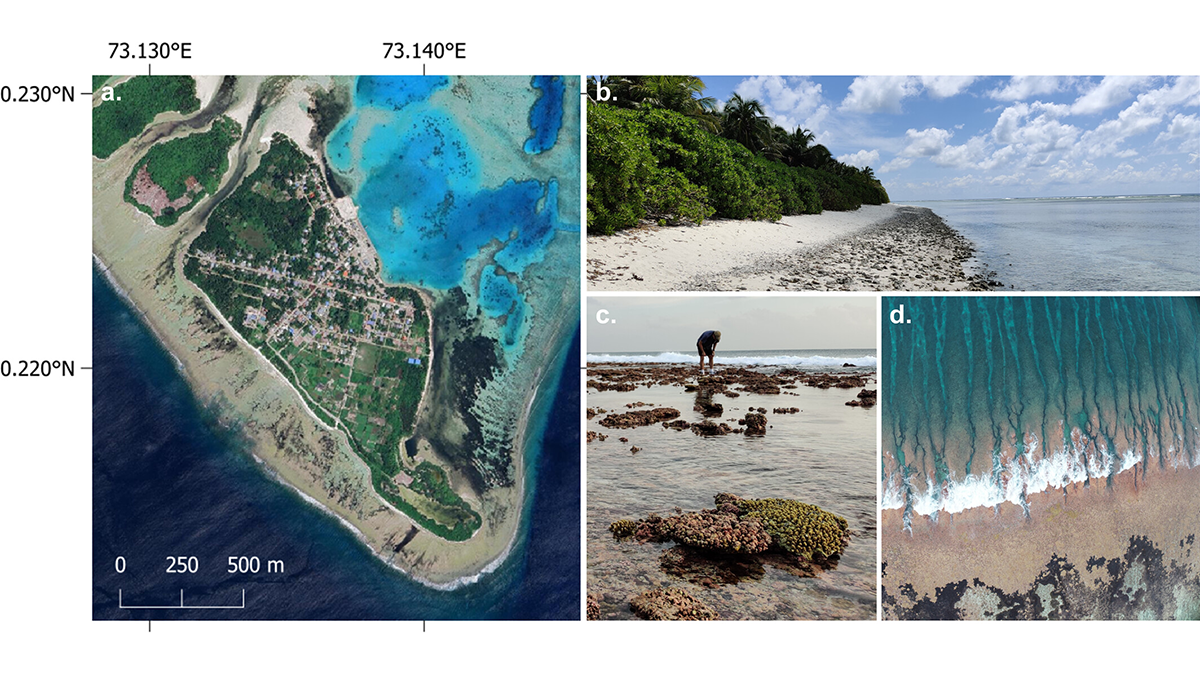An estimated 2.69 billion tons of carbon are exported to the deep sea every year from the Southern Ocean.
Oceans
Submerged in Science
New generations of submersibles and retired stalwarts of the seas are helping scientists put the depths of the ocean at the tips of our fingers.
Ocean Current Affairs in the Gulf of Mexico
Multinational and multidisciplinary studies of the past and present of the Gulf’s Loop Current are helping to reveal what might be in store for coastal communities.
Seaweed Surges May Alter Arctic Fjord Carbon Dynamics
Climate change–accelerated seaweed growth could cause seaweed-dependent microbes to proliferate and consume more oxygen, leading to a rise in oxygen-starved zones.
Have We Finally Found the Source of the “Sargassum Surge”?
The complexity of modeling the tropical Atlantic makes identifying the source of the ongoing seaweed blooms difficult.
The Uncertain Fate of the Beaufort Gyre
Climate models produce widely varying predictions for what will happen to this influential ocean current, but most models predict it will weaken or stop.
A Great Whale Conveyor Belt Transports Nutrients Across Oceans
Baleen whales shift huge amounts of nutrients, including nitrogen, from high-latitude feeding waters to tropical breeding areas.
A Leap Toward Next-Generation Ocean Models
GPU-optimized ocean modeling achieves decade-long simulations in a day, enabling mesoscale-resolving climate simulations that open new opportunities for long-term planning in a changing climate.
Coastal Models Quantify How Natural Islands Respond to Sea Level Rise
Coastal models enhance understanding of future flooding frequency on atoll islands, paving the way to explore the limits of adaptation in the face of rising sea levels and climate change.

